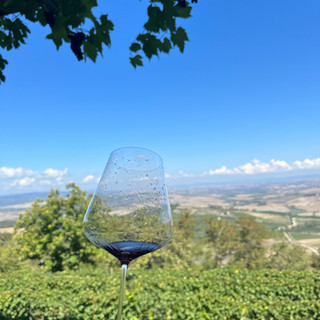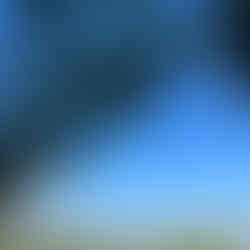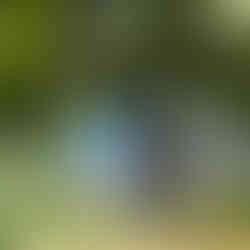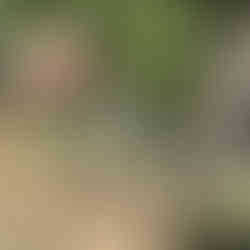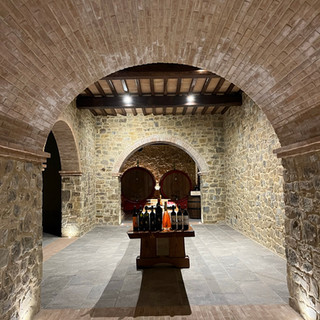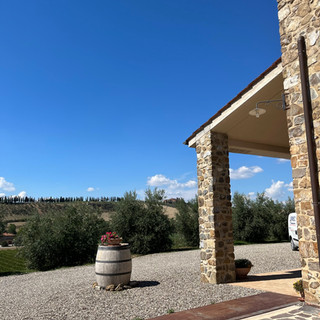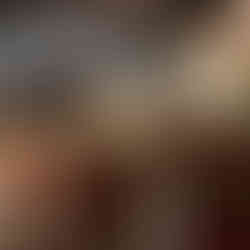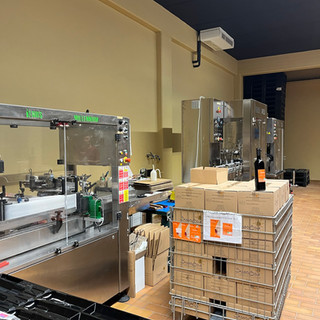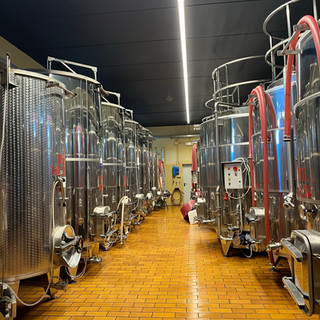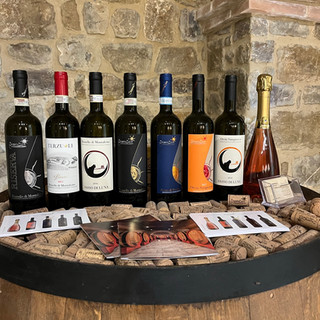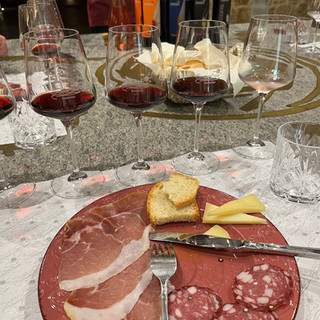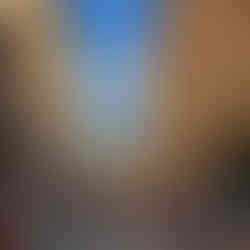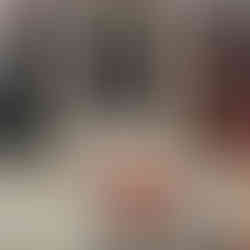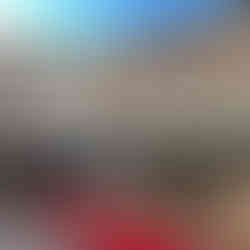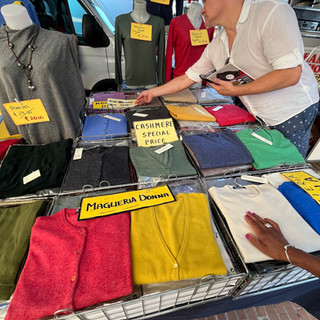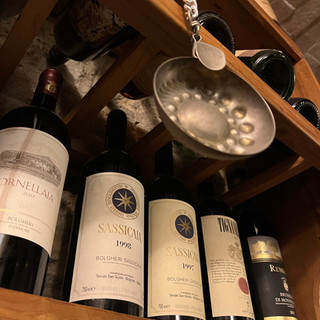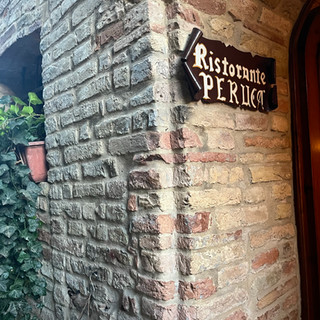September 2023: On what is likely the last Friday of the Scottish Summer I trundled through to Edinburgh to enjoy an early morning with the charming Simon, the ambassador for Charles Heidsieck to hear all about the wondrous legend that is ‘Champagne Charlie.’
Charles Heidsieck’s movie worthy history mirrors that of the opulent Champagne. Exclusive to the Liberty Wine Portfolio in Scotland, synonymous with gastronomy and quality it was a real joy to be taken on the journey of the Heidsieck brand, sharing stories and wonderful Champagne along the way.

The Champagne region historically was dominated by wool and textiles, this is what originally put the region on the map. Heidsieck was started by Florence Heidsieck who ran a wine and cloth company. From Austrian heritage himself he was able to befriend the most famous Austrian in France at the time, Marie Antoniette. (I find Marie Antoniette’s story greatly fascinating and suggest to anyone who will listen, to read the book by Antonia Fraser). Marie Antoniette, although guillotined and hated in the end was at one point the fashion icon of France and Europe. Call her the Kim Kardashian of her time! Once she was seen sipping this Champagne, those in the French court at Versailles and beyond needed to be seen with it too.
In the late 1700’s/early 1800’s business was booming and Florence recruited the help from his three nephews. Unfortunately, this did not work out and the three split ways resulting in Heidsieck Monopole, Piper Heidsieck and Charles Heidsieck.
By the time the three split, Charles looked around Europe to look for new markets. At this point monarchs in Europe has strong associations with Champagne Houses such as the House Romanov and Louis Roederer Cristal. Charles had to look to new markets and in the 1850’s, set off to America. He made three trips to the United States taking with him 300 bottles each time. He first arrived in New York where the locals quickly fell in love with him, nicknaming him ‘Champagne Charlie.’ He was very popular among the aristocrats and upper society making friends with many politicians and important people.
Charles enlisted a US based distributor to manage accounts whilst he was back in France. Business expanded down the east coast finding its way to Louisiana and the south. In 1861 the American civil war broke out. Being Charles main market, worried, he jumped on a ship and headed back to the states to try and assess the impact.
When he arrived, it transpired his distributor had been stealing his products and money. The fiddled books left Charles with nothing! To try and seek restitution, he travelled down the east coast visiting the stockiest of Charles Heidsieck Champagne demanding back his money or stock. Very few would entertain him nor give him his money back and he was left with nothing. People were starving and the country was at war, people weren’t interested in the Frenchman. When he finally made it to ‘Friendly Country’ Louisiana, one Inn owner said he could not repay in cash, but would be able to supply him with cotton.
Due to the civil war in America, cotton was hard to come by in Europe. Although not perfect, Charles understood the textile market due to his families past textile business, and saw it as an opportunity to make back his money. Things were getting even more unsettled in America so a plan was quickly made to help him escape. A fleet of boats were deployed, one with him inside, one with the cotton and some decoy boats. Unfortunately, all of which were attacked and Charles quickly had to make his way back to shore, all of the cotton lost – he didn’t have the best luck! He tried to escape the country numerous times travelling down to the South. Unfortunately for him, he crossed the border one too many times and was arrested by General Butler.

Imprisoned at Ft Jackson with no money, cotton nor Champagne Charlie was in a bad way. Luckily, he had made friends with the right people when he first came to the country. One of his old drinking buddies, Abraham Lincoln was able to come to an agreement with the help of Napoléon the 3rd. A deal was negotiated and Charles was safe to return to France.
With little funds and no residual stock, Charles continued to make Champagne. He was lucky he had lots of family in the region who bailed him out.
After a while settling back into life in France, Charles started to hear mumming about ‘land’ in the states. The brother of the crook distributor was on his deathbed. Embarrassed his brother has dishonoured the family name, the man gave Charles the deed to some land. Unsure what he could possibly want with land in America, Charles accepted the deeds and soon forgot about it. A few years later, he was contacted by an American business man looking to see if he would sell the land. It turns out, the deeds were to 1/3 of Denver Colorado. With the railroad expansion in the States, Charles was given a large sum of money for his land.
Charles believed he would always be able to buy grapes and equipment but not cellars or caves. Charles bought 47 of the infamous Heidsieck chalk caves under Reims. Interconnected with the caves of Ruinart, Veuve Cliquot, Taittenger and Pommery this underground city is now a UNESCO heritage site and are priceless.
Each house has since separated their caves, however during the Second World War the gateways were reopened once again. The Heidsieck caves hosted the school, others hospitals, shelters and shops. The entire city of Reims moved underground.
Heidsieck’s rich history continues even today. A house with some of the highest quantities of reserve wines (wines from different vintages) allowing for the creation of textured, rich and gastronomic wines. A little bit of history is steeped in each glass.
After years apart, Piper Heidsieck and Charles were reunited in 1985 when Remy Martin bought the two famous Houses, which are now represented under the one portfolio. Piper Heidsieck has a fantastic history of its own and is famously known as Marilyn Monroe’s favourite.

I was lucky enough to taste six from the range:
Non-Vintage Brut – Made from 50% reserve wine with an average age of 10-year-old wines, this is the most important wine produced by the brand. Synonymous with luxury dining such as Number One at the Balmoral, Hide London and others this Champagne will never be found in a supermarket. Only 20% is sold to premium independent retailers, the rest is reserved for the on-trade such as restaurants, bars and hotels. Notes of soft bruised apple, pear, lemon and nutty almond pastries this rich bubbly is the perfect choice.
Non-Vintage Rosé Reserve – Rich character, light rose. Similar to the trend Billicart Salmon, these dancing bubbles have very delicate soft red crunchy berry, strawberry tart characteristics. Rich yet soft, it is the perfect rosé.
Non-Vintage Blanc de Blanc – Now on the 4th iteration of the Chardonnay only Champagne since the relaunch in 2018, previously made in 1906, the Blanc de Blanc is made 100% Chardonnay, 25% from reserve wines and with malolactic fermentation. Grapes are sourced only from the best vineyards in Cote du Suzanne where plentiful sunshine helps add body to the wine. This is a very refreshing, soft and complex wine. Notes of lemon peel, apple, soft unripe peach, French bread, sourdough, lemon cake, blanched nuts, and super fine and soft bubbles this was one of my favourites from the day! This wine can also age for decades so grab a bottle and stick it away for a rainy day.
2013 Brut Millesime – This wine is made from grapes grown only in 2013, again from the best sites. 2013 was a classic vintage year with late harvest and long sunny growing season allowing the grapes to fully ripen. Disgorged in 2023, this wine has seen 10 years of aging. Peachy, almond tart, warm butty croissant.
2012 Rosé Millesime – A rosé busting with juicy raspberries, white fleshy peaches, pomegranate and freshness. With only 12,000 bottles made, this limited copper hued rosé lures you in with its almond frangipane and autumn quince characteristics. Truly wonderful!
2007 Blanc des Millenaries – First produced in 1995 with the very best Chardonnay grapes, this Blanc de Blanc undergoes almost a decade of ageing. This wine is famously known for being made from two varieties ‘Chardonnay and Time…’ This is a Champagne which sings, its elegant soft bubbles dance on your pallet like silk. Rich, creamy, clean, crisp, it reminded me of the texture of vanilla custard, the nose of hazelnuts and the bready, yeasty pallet is savoury but crisp. You can easily identify the age on this wine, and it is truly incredible.
Rare Millesime 2013 – This is a wine from the Piper Heidsieck portfolio. However, due to its elevated quality and gastronomic ability, it is often shown alongside the Charles Heidsieck portfolio, rather than that of Piper. This bottle design is truly unique. If you have time, the gold lattice cage can carefully be peeled off and worn as a crown! With the grapes grown alongside the sister brand, Charles Heidsieck, Rare is a truly unique prestige cuvee. Only produced in the rarest vintages, this 100% Grand Cru wine sees 5 years lees aging. A blend of all three Champagne grapes, Chardonnay, Pinot Noir and Meunier this ultra-rare cuvee has only been produced 15 times over the last 47 years in exceptional vintages. Clean, elegant, citrus, floral, honied and nutty this is a smooth and vibrant Champagne. It is indulgent and luxurious, I felt very honoured to taste this!

Tasting each of these wines was a pleasure. I love hearing Champagne lore, the tales, rich history, family drama and love stories all surrounding this tiny little region are truly remarkable! I feel very spoilt to have tired these historic and iconic Champagnes, every time I drink Heidsieck it is a treat, I love them – and I am in very good company with Marie Antoinette and Marilyn Monroe.













